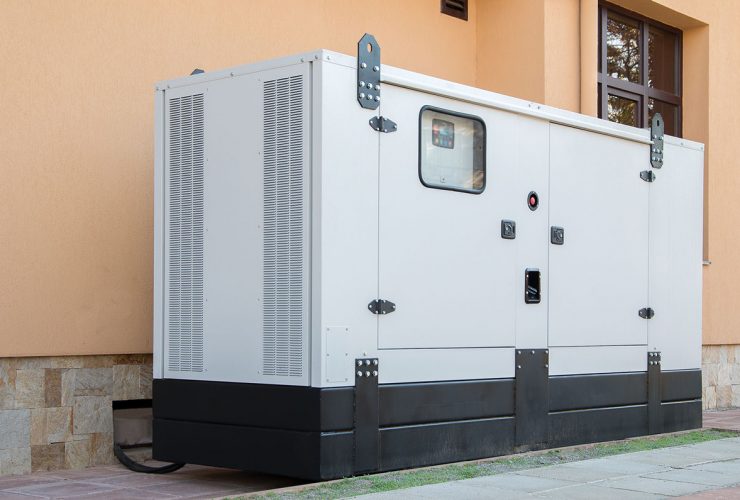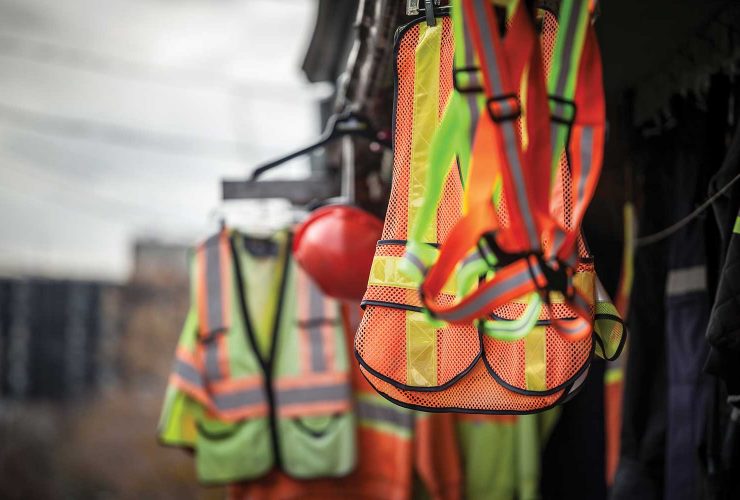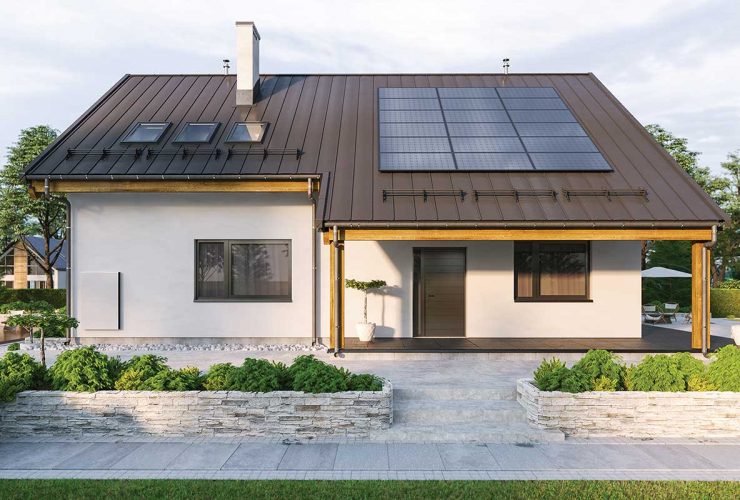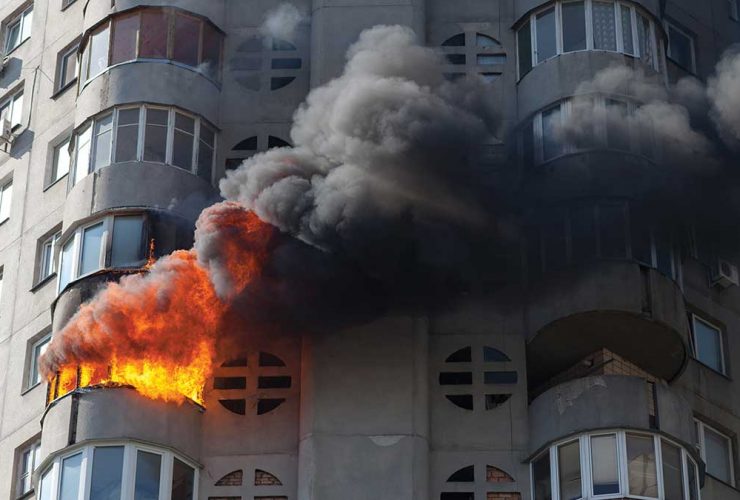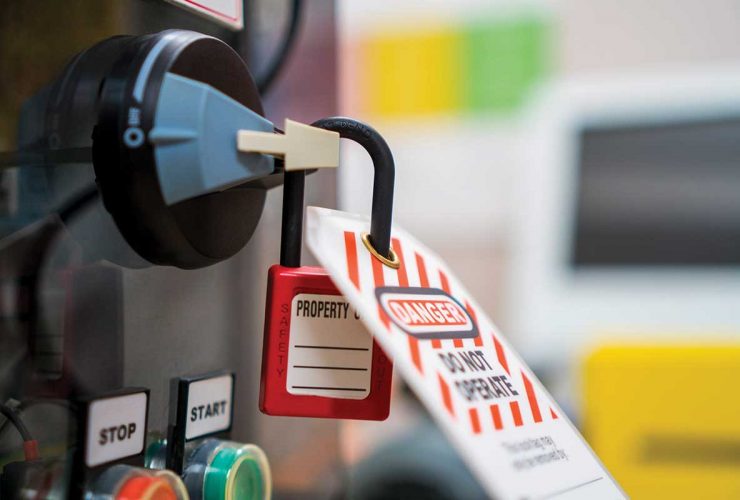Electrical Inspectors need to approach urgent care clinics differently than non-healthcare facilities like commercial buildings, such as meeting the requirements of NFPA 99.
Let’s examine the requirements regarding electrical equipment in service rooms per the National Building Code of Canada and the Canadian Electrical Code, Part I.
This table provides a collection of GFCI requirements for pools, spas, hot tubs, fountains, and other equipment found in both the IRC and the 2020 NEC.
One of the most critical methods in determining shock and arc flash hazards is always to remember to test before you touch your equipment.
Recommended practices for establishing safety and health programs and hazard identification in the construction industry.
Learn more about UL’s partnership with the U.S. Department of Energy NREL regarding the SolarAPP+ tool to automate PV and storage permitting.
ESFi covers information on fatal and nonfatal occupational electrical injuries from statistics from the U.S. Bureau of Labor Statistics (BLS).
With fire protection and life safety systems there a really three main signals and responses that occur — alarm, trouble, and supervisory signals.
Revisions in the 2023 NESC are intended to provide clarity and ease of use, which ultimately point back to its purpose – safety.
NFPA 70E and CSA Z462 are, for the most part, developed in parallel and are technically aligned. This article will focus on four inter-related safety-related work practice requirements found in both documents.


